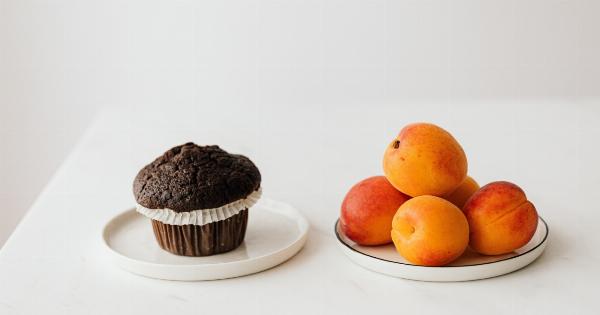Osteoporosis is a common condition characterized by the progressive loss of bone mass and density, leading to increased fragility and susceptibility to fractures.
It predominantly affects older adults, especially postmenopausal women, but can also occur in men and younger individuals. In this article, we will explore evidence-based treatment options for osteoporosis, focusing on lifestyle modifications, pharmacological interventions, and innovative therapies.
Lifestyle Modifications
Lifestyle modifications play a crucial role in the management of osteoporosis. Here are some evidence-based recommendations:.
1. Diet and Nutrition
Adequate intake of calcium and vitamin D is essential for maintaining bone health. Calcium-rich foods such as dairy products, leafy green vegetables, and fortified foods should be included in the diet.
Vitamin D can be obtained from sunlight exposure and dietary sources like fatty fish and fortified products. Supplements may be necessary if dietary intake is insufficient.
2. Regular Exercise
Weight-bearing exercises, resistance training, and balance exercises help improve bone density, muscle strength, and balance, reducing the risk of falls and fractures. Activities like walking, jogging, dancing, and weightlifting are recommended.
Consultation with a healthcare professional or an exercise specialist is advisable to design a customized exercise program.
3. Smoking and Alcohol
Smoking and excessive alcohol consumption have negative effects on bone health. Smoking reduces bone density and impairs bone healing, while alcohol interferes with calcium absorption and increases the risk of fractures.
Quitting smoking and minimizing alcohol intake are essential steps in managing osteoporosis.
Pharmacological Interventions
Pharmacological interventions are often recommended for individuals at higher risk of fractures or those with low bone mineral density. Various medications have shown efficacy in preventing bone loss and reducing fracture risk.
Here are some commonly used pharmacological treatments:.
1. Bisphosphonates
Bisphosphonates are a class of drugs that inhibit bone resorption, helping to maintain or increase bone density. They are taken orally or through intravenous injection and have been widely used for osteoporosis treatment.
Examples include alendronate, risedronate, and zoledronic acid.
2. Selective Estrogen Receptor Modulators (SERMs)
SERMs, such as raloxifene, act on estrogen receptors to promote bone density without stimulating breast or uterine tissues. They are particularly beneficial for postmenopausal women, reducing the risk of fractures and invasive breast cancer.
3. Calcitonin
Calcitonin is a hormone that helps regulate calcium levels in the body. It can be administered via nasal spray or injection and is primarily used for the treatment of osteoporosis in women who are at least five years postmenopausal.
4. Denosumab
Denosumab is a monoclonal antibody that inhibits a protein involved in bone resorption. It is given as a subcutaneous injection every six months and has been shown to lower fracture risk in postmenopausal women with osteoporosis.
5. Teriparatide
Teriparatide is a synthetic form of parathyroid hormone, which stimulates bone formation. It is used in individuals with severe osteoporosis and high fracture risk. Treatment involves daily injections for up to two years.
Innovative Therapies
Researchers are continually exploring novel approaches for treating osteoporosis. Some of the promising innovative therapies include:.
1. Sclerostin Inhibitors
Sclerostin inhibitors, such as romosozumab, target a protein that inhibits bone formation. By blocking sclerostin, these drugs promote bone formation, improving bone strength and reducing fracture risk.
2. Cathepsin K Inhibitors
Cathepsin K inhibitors, like odanacatib, interfere with the activity of an enzyme involved in bone resorption. These drugs help maintain bone density and reduce the risk of fractures, particularly in postmenopausal women.
Conclusion
Osteoporosis is a significant health concern, especially in aging populations. Evidence-based treatment options encompass lifestyle modifications, pharmacological interventions, and innovative therapies.
By adopting a proactive approach to bone health, individuals can break free from the constraints of osteoporosis and lead an active, fracture-free life.






























